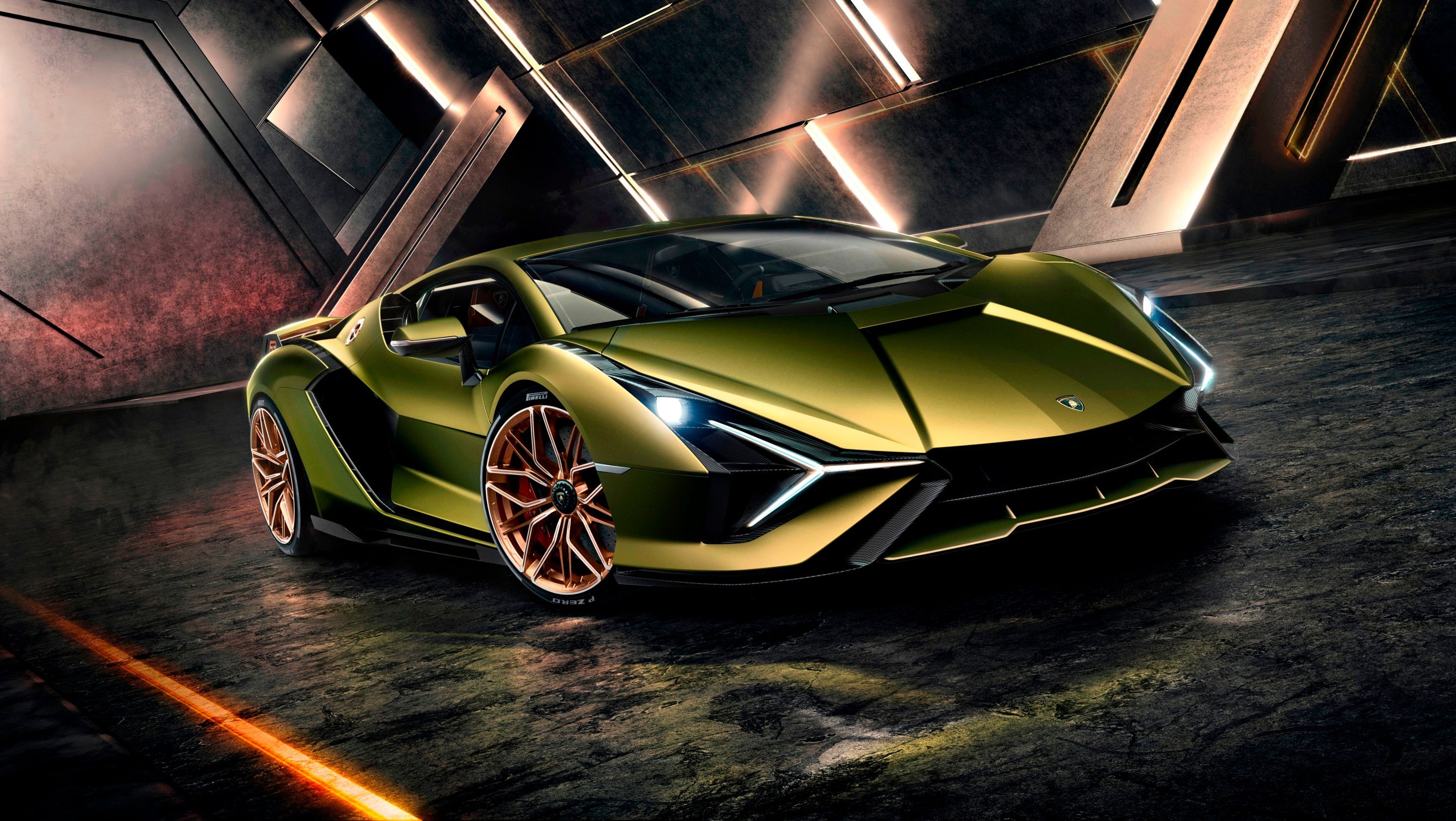
Like it or not, it seems like electrification is the future of the automobile. But while Tesla pursues a million-mile battery pack and Hyundai makes use of solar energy to recharge its EVs, Lamborghini is looking into alternate means of storing energy in the form of supercapacitors. The carmaker debuted the technology on the ultra-limited Sian supercar, but since then has continued to develop the tech even further. It's done so in partnership with the Massachusetts Institute of Technology (MIT), a partnership that originally came to fruition back in 2017 that yielded the Terzo Millennio concept. The partnership has yielded further fruit, though, as the pair of companies have just filed patents for new supercapacitor tech.
The patent relates to a new synthetic material that will form the basis of supercapacitors going forward. The new material was created by a team working under Professor Mircea Dinca from the MIT Department of Chemistry, based on the "Metal Organic Frameworks" concept. The result is a family of materials whose molecular structure is ideal for producing electrodes for high-performance supercapacitors in future, maximizing surface area while keeping mass down. In turn, this improves energy density, and according to the patent documentation, the new technology can improve energy density by up to 100% compared to any technology currently on the market.
That means double the efficiency of the equipment found in the Lamborghini Sian, meaning that 808 horsepower as currently derived between the 6.5-liter V12 and 48-volt electric system is merely the tip of the iceberg. Of course, the bulk of that output is generated by the V12, which has been tuned to deliver 774 hp with 34 hp provided by the electrical system. However, the benefits of supercapacitors lie in their reduced mass compared to comparably-sized batteries, meaning with little to no wait penance, we could easily see a future Sian with an extra 70 hp boost while retaining its current weight.
